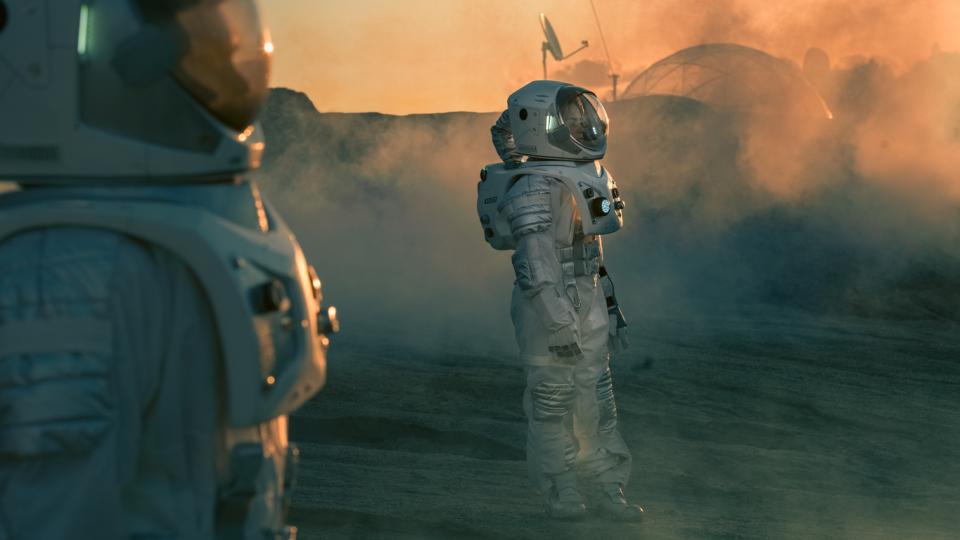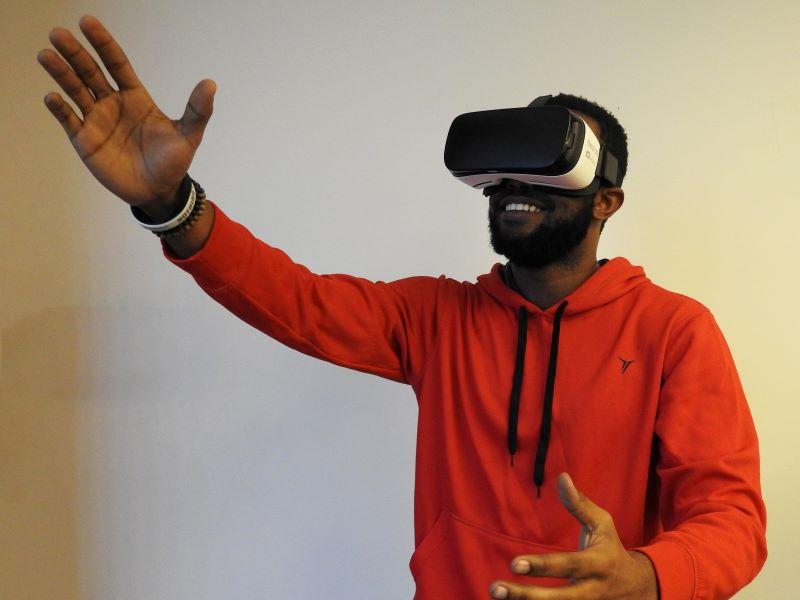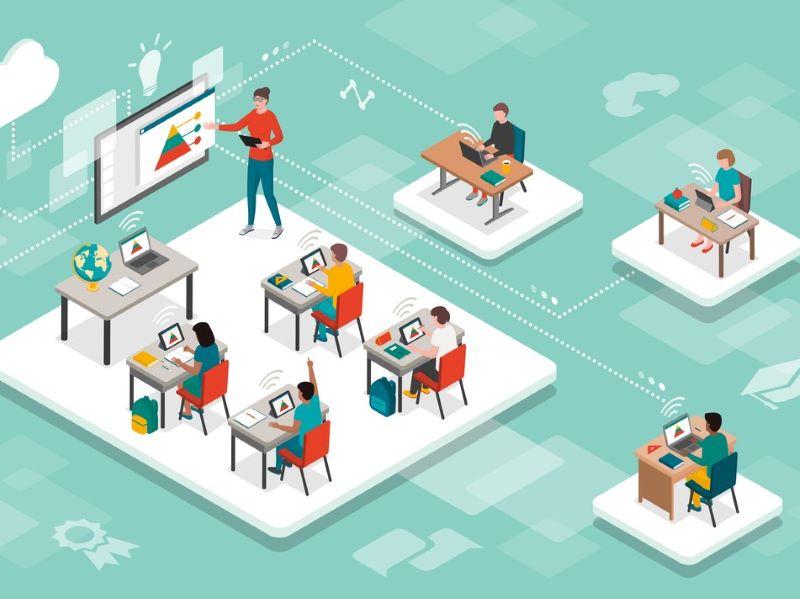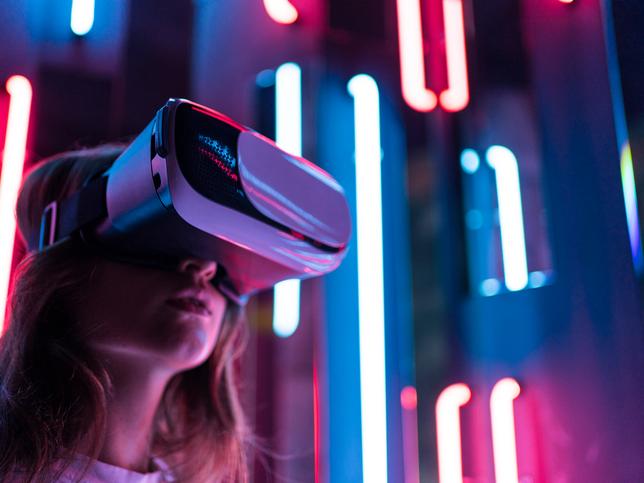If we want students to engage deeply and critically with the world they are preparing to transform, we need more than digital tools. We need frameworks that merge emerging technology with cultural identity, collaboration and creative exploration. This is not about jumping on the next trend. It’s about reclaiming the purpose of education: to imagine and build futures that matter.
That belief shaped a project we developed across two campuses of our institution. Architecture, design, and arts students came together to answer a question that was as playful as it was profound: What would life on the Moon look like if it were imagined from a Latin American perspective?
The result? Human settlements on the Moon that students designed not just with functionality in mind, but with cultural memory, storytelling and sensory experience at the centre. Yes, they used exciting tools such as virtual reality (VR), sound design and 3D modelling platforms. But these were not the project. They were the bridge.
Students from both campuses met in our campus metaverse to share progress, exchange feedback and refine ideas. This virtual interaction fostered a sense of shared purpose and presence, despite the physical distance. It encouraged more frequent and dynamic collaboration, as students could see each other’s evolving work in real time, ask questions, and offer insights in a collective space. The metaverse wasn’t just a meeting tool – it became a creative environment where cultural references, design approaches, and feedback loops merged naturally, increasing student engagement.
The immersive environment of our metaverse platform allowed students in different locations to “inhabit” a shared design space where they didn’t just present ideas – they walked through them together, reacted in real time and collectively made sense of each proposal’s spatial and cultural logic. This flattened hierarchies, empowered quieter voices and nurtured a community of creators who felt seen and heard. The sense of presence and shared authorship was key to the richness of the outcomes. Students from both campuses met synchronously to share progress, exchange feedback and refine ideas. Later, they used immersive technologies to validate their proposals, checking materials, scale, light and atmosphere. They walked through their proposals as if they were already built on the Moon.
- Spotlight guide: A focus on interdisciplinarity in teaching
- Can you teach interdisciplinarity in 10 weeks?
- A comprehensive model for interdisciplinary teaching
And that’s the point: immersive learning is not about putting on a headset and watching a virtual simulation. It’s about activating presence, agency and imagination – connecting deeply with the purpose of what’s being built and who it’s being built for.
Before we jump into takeaways, we must ask why this project resonated so strongly with students. The answer lies in its fusion of imagination, relevance and agency. Students weren’t simply applying learned knowledge – they were co-creating a future that reflected their values, culture and creativity.
So what can other institutions take from this experience? Here are five ideas:
Start with a provocative question, not a tool. The strongest educational experiences aren’t tech-led, they’re curiosity-led. Ask students to solve something big, weird or beautiful, and then let them choose the tools to get there.
Treat technology as a translator, not a destination. Augmented reality (AR) and VR are not the goal. They are the media through which students can test ideas, tell stories and share visions. Keep the focus on what they help us express.
Build cultural identity into the curriculum. Don’t just prepare students for a global market – prepare them to challenge it, to bring their context, their heritage and their imagination into global conversations.
Don’t isolate disciplines. Collide them. On one of our campuses, architecture students collaborated with musicians, digital artists and storytellers. The result was not just more engaging – it was more authentic.
Make the metaverse social and pedagogical – not just visual. Using a virtual campus to connect groups synchronously gave students a space for feedback and mutual inspiration. The tech was a space, not a show.
We need to stop assuming that innovation in higher education comes only from new tech. Instead, we should focus on the design of rich learning experiences – ones that start with questions rooted in human and cultural complexity, not just technical capability. Real innovation lies in empowering students to shape knowledge rather than consume it, to build futures that are inclusive, imaginative and context-aware.
Sometimes, it comes from asking better questions – and letting our students surprise us with answers that reflect not only what’s possible, but what’s meaningful.
Because designing the future isn’t just a technical challenge. It’s a cultural responsibility.
Antonio Juárez and Rubén Vázquez are educators at Tecnológico de Monterrey in Mexico.
If you would like advice and insight from academics and university staff delivered direct to your inbox each week, sign up for the Campus newsletter.




comment